Ukraine has received 5 different types of Patriot missile interceptors, including the most advanced version PAC-3 MSE
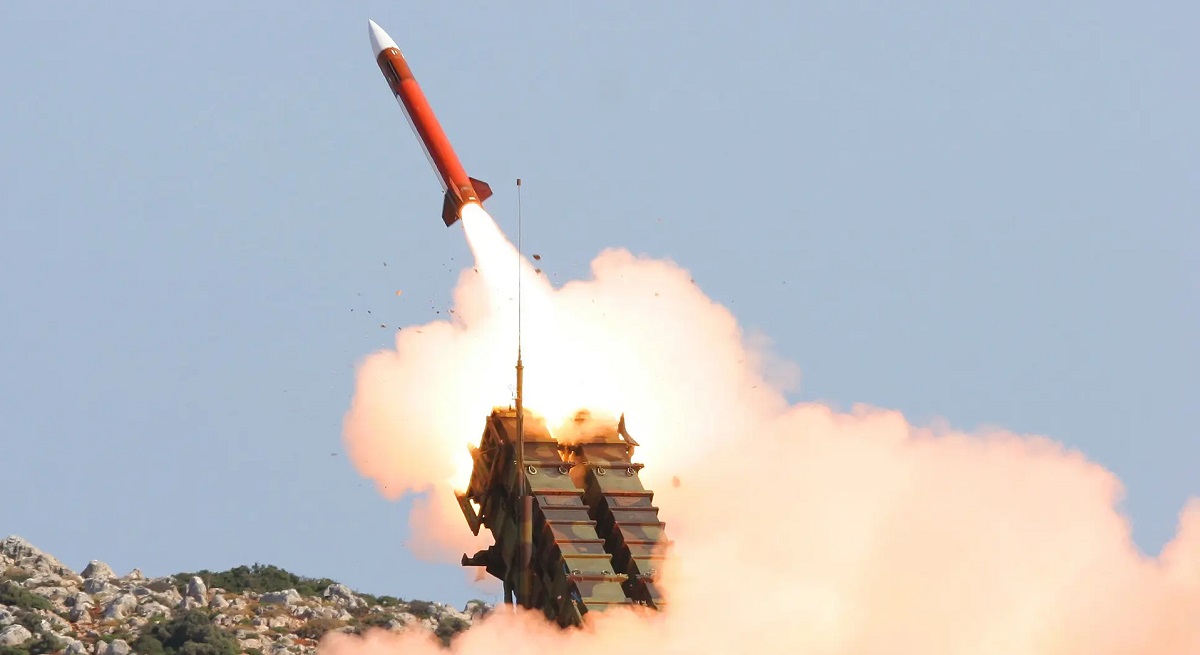
The US Army has revealed the configurations of missile interceptors supplied to the Ukrainian Armed Forces for the Patriot air defence system. The service officially confirmed that Ukraine has received five different versions of the anti-missile missiles, including the most advanced one.
Here's What We Know
The missile interceptor types were officially confirmed this week during a briefing by the U.S. Army Program Executive Office Missiles and Space (PEO MS). Aviation Week's Pentagon editor Brian Everstine shared a related photo from the event.
A breakdown of what the Army's PEO Missiles and Space have provided Ukraine. #SMDSymposium pic.twitter.com/jRHFm6ZE9x
- Brian Everstine (@beverstine) August 8, 2023
PEO MS oversaw the delivery of not only Patriot systems to Ukraine. The department was also responsible for the transfer and/or sale of HIMARS high-mobility artillery rocket systems, GMLRS high-precision projectiles, as well as Javelin and TOW anti-tank missiles.
Earlier it was known that Ukraine received Patriot Advanced Capability-3 (PAC-3) Cost Reduction Initiative (CRI) missile interceptors. You can see part of it in the photo below. Also seen on the slide are older versions of the PAC, the launch containers for which are very different from the PAC-3.

The first interceptor was designated MIM-104A and was introduced along with the entire system in 1981. Later that decade saw the introduction of the MIM-104B, which is known as the PAC-1. In addition, the MIM-104C, aka PAC-2, was also presented in the late 1980s. Systems with a combination of PAC-1 and PAC-2 were used during the Gulf War to fight against Scud ballistic missiles with varying effectiveness.
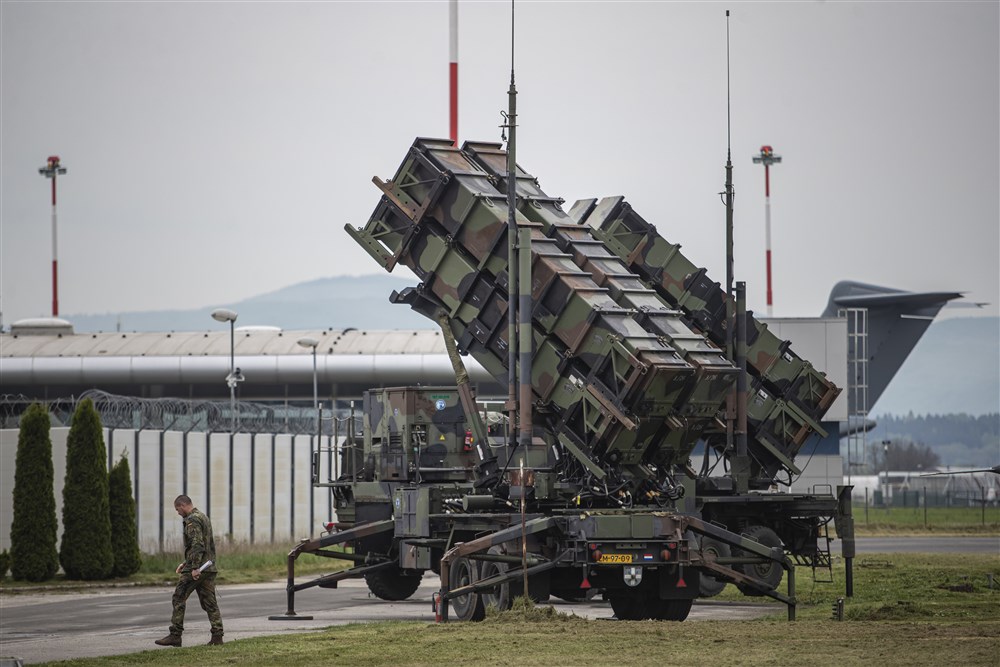
The oldest anti-missile missile the US has supplied to Ukraine is the MIM-104D. The U.S. Army adopted it about 30 years ago. The interceptor has an improved homing head that allows it to shoot down small air threats. In addition, changes have been made to the fuse to improve effectiveness against fast-moving missiles.
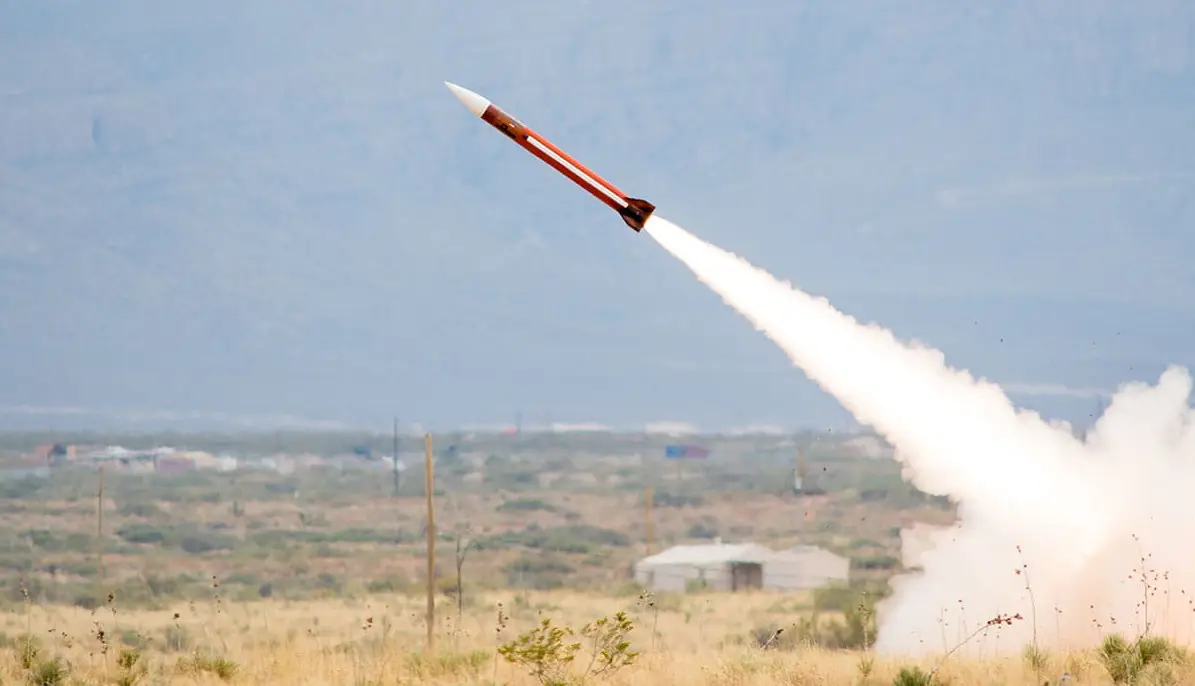
According to the US Army, Ukraine has also received both versions of the MIM-104E, which are known by the generic designation GEM+ (the GEM-T version is shown in the photo above). This modification of the missile interceptor is equipped with a completely new front end for improved accuracy.
The basic PAC-3 version entered service with the US Army in 2001. All types of interceptors produced by Lockheed Martin share the MIM-104F designation, have a sleeker configuration and engage the target by collision rather than warhead explosion. Although they do have a Lethality Enhancer, which you can read about in a separate article.
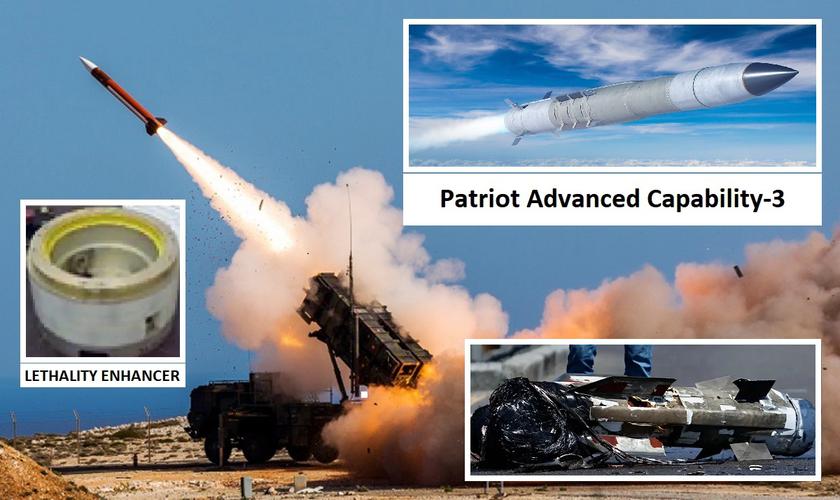
The PAC-3 RCI has an increased range compared to the conventional PAC-3, and the name speaks directly to the reduced cost of production. The newest variant is called the PAC-3 Missile Segment Enhancement (MSE). It features an improved lethality enhancer and a new missile engine to increase range and intercept altitude. The MSE also features improved manoeuvrability.
Due to its reduced size compared to the PAC-2, warfighters can load more missiles into the launcher. Specifically, the latest version of the M903 can accommodate up to 16 PAC or PAC-3 RCI interceptors, up to 12 PAC-3 MSEs, and up to four pre-PAC-3s. To increase flexibility, it is possible to combine PAC-3 and earlier versions of the missile defence system.
Providing Ukraine with different types of missile interceptors has its advantages. The Ukrainian Air Force uses Patriot to counter hypersonic and ballistic missiles. Also in late spring, one surface-to-air missile system was able to shoot down three military helicopters and two fighter jets that were in russian territory at the time of the destruction.
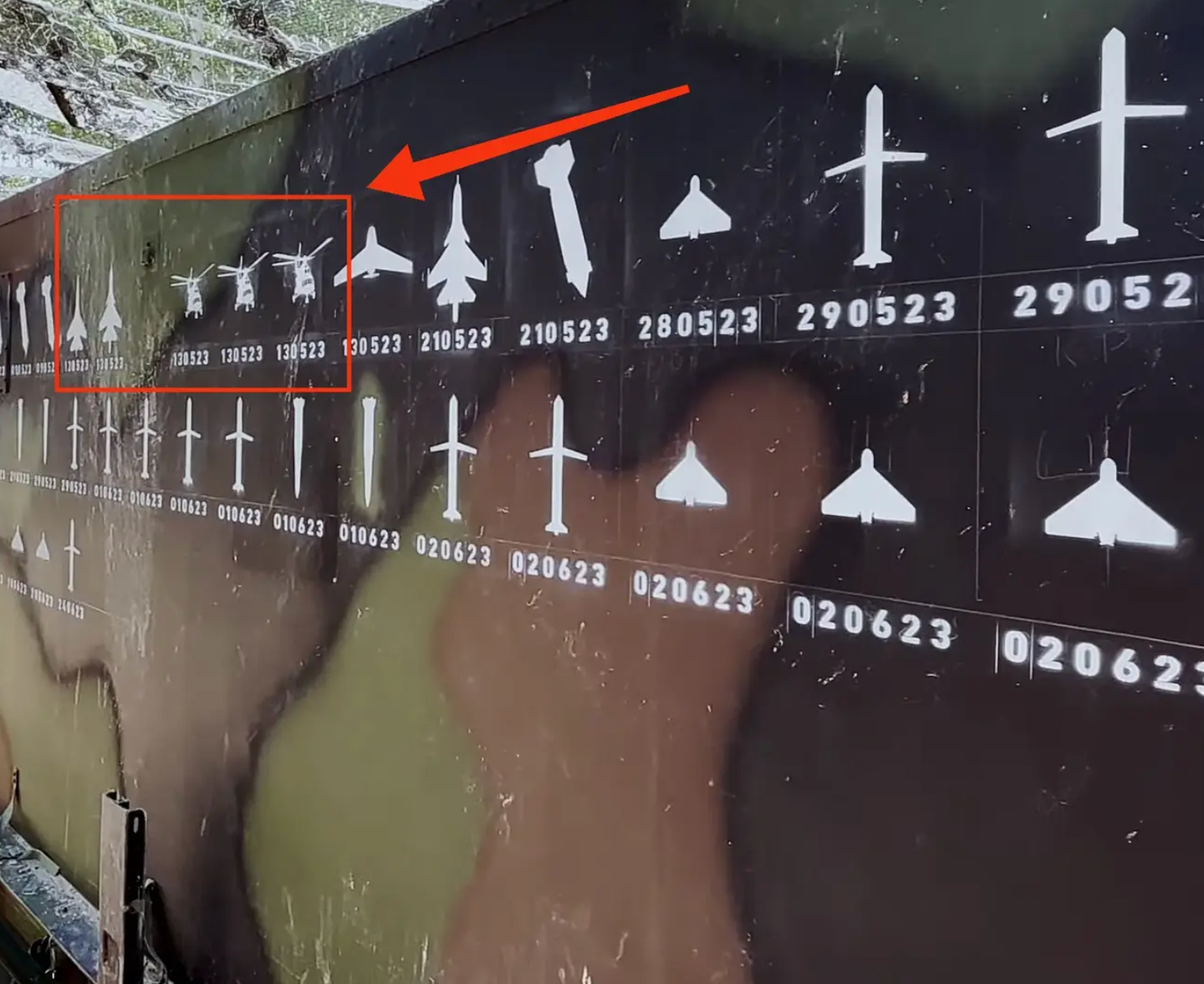
Receiving different types of interceptors for Patriot allows Ukraine to make the most optimal choice for hitting targets. In particular, keeping the PAC-3 MSE for top priority threats such as the Kh-47M2 hypersonic missiles.
Source: The War Zone